Down payment: Definition, Overview & FAQ
What is a down payment?
Definition: A down payment is a percentage of a buyer’s total purchase price in full when buying an investment property. The larger the down payment, the less the buyer will need to borrow to complete the transaction, the lower their monthly payments, and the lower the interest rates they will pay in the long run.
How does it work?
The down payment is the first payment that a buyer pays when purchasing real estate. Further examination necessitates a fundamental understanding of how it operates.
The cost of the down payment is a part of the total purchase price that the buyer must pay out of pocket. The remaining funds are frequently financed through a home loan.
An important factor is determining the amount of the down payment, and this is determined in two ways.
- Percentage of purchase price: The down payment is typically stated as a percentage of the total purchase price of the property. A 20% down payment on a $300,000 property would cost $60,000.
- Minimum requirements: Different loan types have varying minimum down payment requirements. Conventional loans may require 5% to 20% down, FHA loans a minimum of 3.5%, while VA or USDA loans may not require a down payment.
Example:
Assume you are purchasing a property for $400,000. If you opt to make a 20% down payment, you will need $80,000 ahead. The remaining $320,000 would be funded with a mortgage. With a 20% down payment, you can eliminate PMI and potentially get a cheaper interest rate, lowering your monthly payments and overall loan costs.
What are the types of down payments?
- Standard
- Personal savings: Down payment funds are most commonly sourced from the buyer’s personal savings.
- Percentage of purchase price: A standard down payment typically ranges from 5% to 20% of the purchase price of the property.
- Gifted
- Family gifts: Money might be given as a gift from family or friends.
- Gift letter: Most lenders require a gift letter confirming that the money is a gift and not a loan.
- Loan-based
- Loans from Friends or Family: Funds can be borrowed from friends or family members.
- Personal loans: Buyers can also use personal loans, but this might affect their ability to qualify for a mortgage.
- Assistance Programs
- Government and local programs: Many state and local programs offer assistance, especially for first-time homebuyers.
- Non-Profit organizations: Non-profit organizations may offer grants or loans.
- Tax refund
- Tax refund: Buyers can use their tax refund as a source.
- Planning refund: This requires planning and timely filing of taxes to ensure funds are available when needed.
- Down payment from sale of assets
- Sale of current property: If the buyer is selling their current property, they can use the proceeds for the down payment on a new property.
- Sale of other valuables: Funds can also come from selling other valuable items, such as cars or investments.
- Retirement fund down payment
- 401(k) Loan: Some buyers can borrow against their 401(k) retirement plan for a down payment.
- IRA Withdrawal: Withdrawing funds from an IRA (Individual Retirement Account) is another option, though tax implications should be considered.
- Second mortgage
- Second mortgage: Some buyers take out a second mortgage to provide funds for the down payment.
- Piggyback loan: This arrangement involves taking a second loan (usually 10% or 15% of the down payment) to avoid PMI on the primary loan.
- Investment fund
- Investment income: Buyers can use income from investments for their down payment.
- Liquidation of investments: Buyers might sell investments to gather the necessary funds.
Advantages of higher down payment
Borrowing less: With any particular purchase, the more money you put down, the less you need to borrow. Financing a lower amount results in less debt, which leads to reduced overall borrowing costs, such as interest rates and fees, which are normally determined as a percentage of the loan amount.
Lower interest rate: Making a larger down payment than the minimum required amount frequently enables you to negotiate a lower interest rate, saving you money over the course of the loan.
Lower monthly payment: Another result of borrowing less money is a decrease in your payment amount, which might make it easier to fit the loan payment into your monthly budget.
FAQs:
Why is a down payment important?
A down payment minimises the money you need to borrow, potentially lowering your monthly mortgage payments and overall interest costs.
How much do I need for a down payment?
The amount required varies according to the type of loan and the lender’s requirements. Typically, range between 3% and 20% of the buying price. To avoid private mortgage insurance, conventional loans typically require 20%.
How to pay the down payment?
You can use different payment methods: cashier’s check or certified check, wire transfer, cash, credit or debit card, or personal check.
Does my down payment effect my interest rate?
Yes, a larger down payment frequently results in a cheaper interest rate because it decreases the lender’s risk. Borrowers who make large down payments may be eligible for lower interest rates.
Can I purchase a property with no down payment?
Yes, some lending programs, like VA loans (for veterans and active-duty military) and loans for rural and suburban homebuyers, have no down payment requirements. These programs have particular eligibility criteria.

